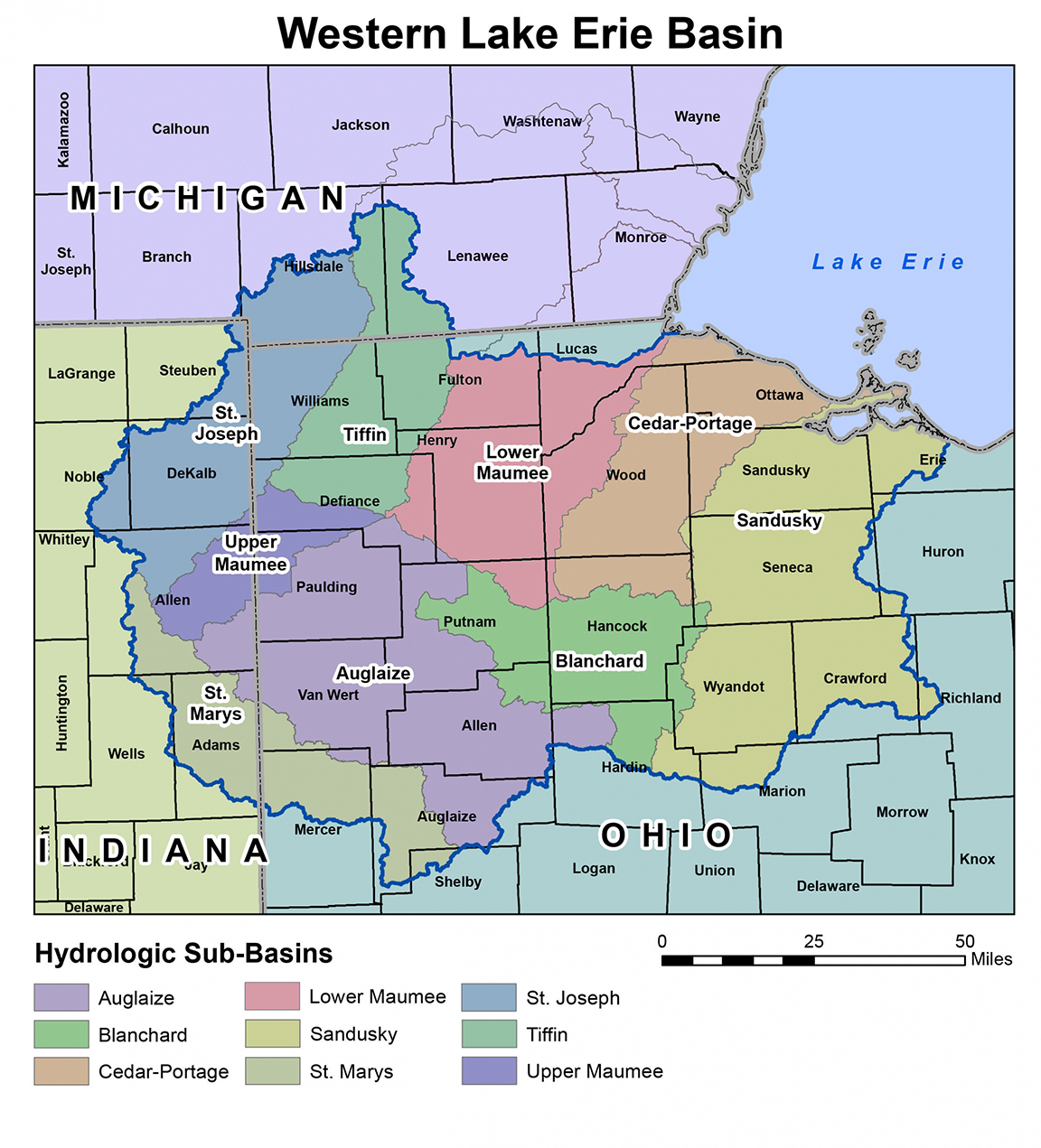About
Facilitated by CTIC, local farmers and interested others lead this project to demonstrate and test best conservation practices on Indian Creek Watershed farms.
The project, sponsored by the Illinois Environmental Protection Agency (with funds provided through Section 319 of the Clean Water Act) will show how conservation practices installed on Indian Creek watershed farms will affect water quality.
GoalDetermine what water quality improvements result when 50-75% of producers and acres in a small watershed adopt comprehensive agriculture conservation systems over a six-year period.
Activities
|
Indian Creek WatershedThe 82-square mile drainage area (52,480 acres) of Indian Creek Watershed flows to the South Fork of the Vermilion River, one of USDA’s Mississippi River Basin Initiative focus areas. Agriculture dominates the watershed – 95 percent of the land is tillable, most in a corn/soybean rotation, although there are numerous livestock operations. The average farm size is 500 acres. The City of Fairbury, the only urban population within the watershed, consists of approximately 4,000 people. The major resource concern for Indian Creek watershed is water quality, particularly nitrate levels. Located in the southern portion of Livingston County, the watershed drains northward to the Vermilion River and the cities of Pontiac and Streator. For more information about the project, contact Chad Watts, CTIC project director, at watts@ctic.org. |

